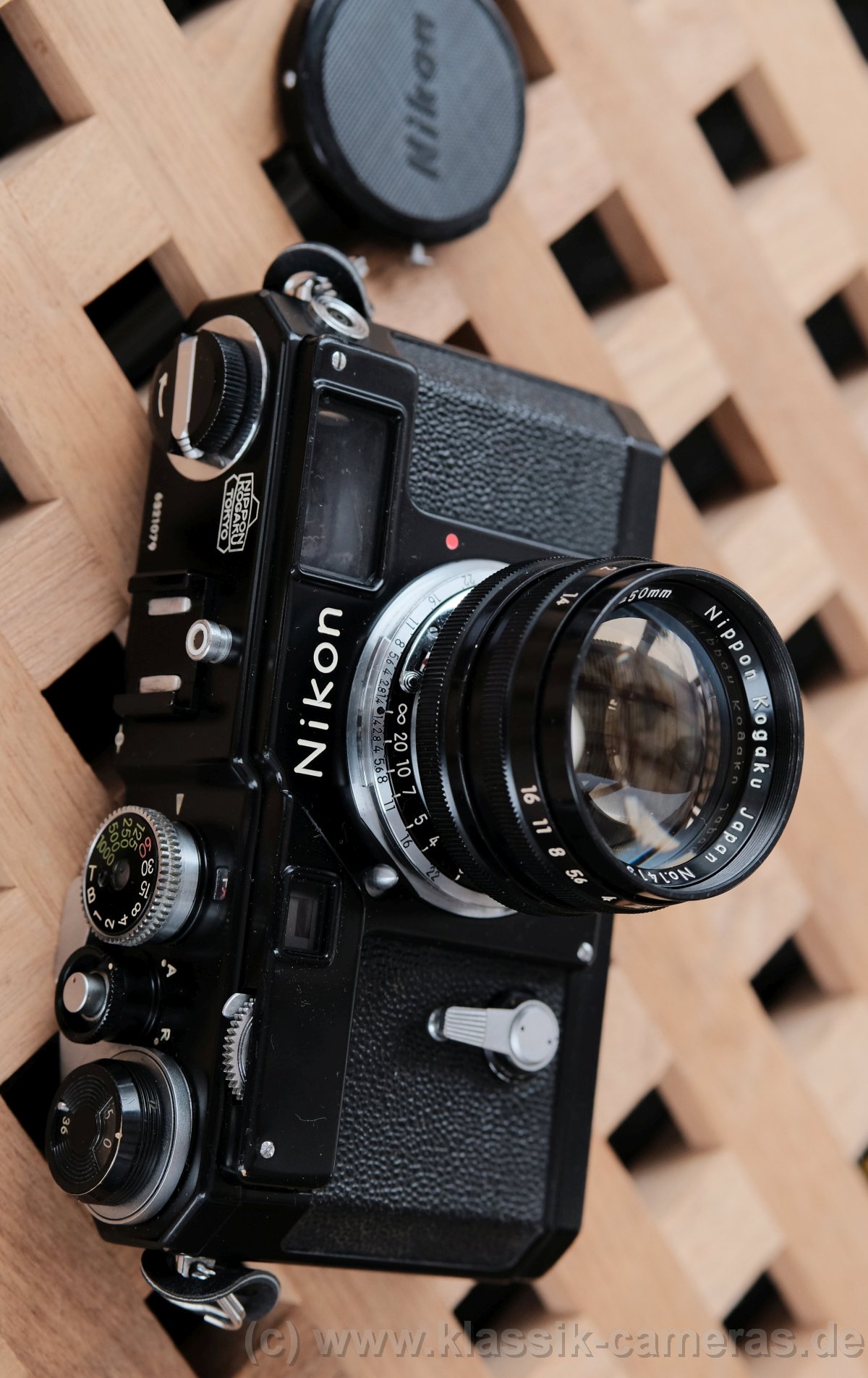
99% of 50mm/f1.4 RF lenses are this type.

This lens, although long in productions, has itsknown weaknesses !
Design is very close to the 1959'er Zeiss (Contarex 55/1.4) (Johannes Berger u. Günther Lange)!

Similar design as (1959) CANON 50/1.4 with one more element.
Experts say the best Nikon 50/1.4 lens ever made.
Notable History and Design (The Thousand and One Nights, #77, by Haruo Sato)






